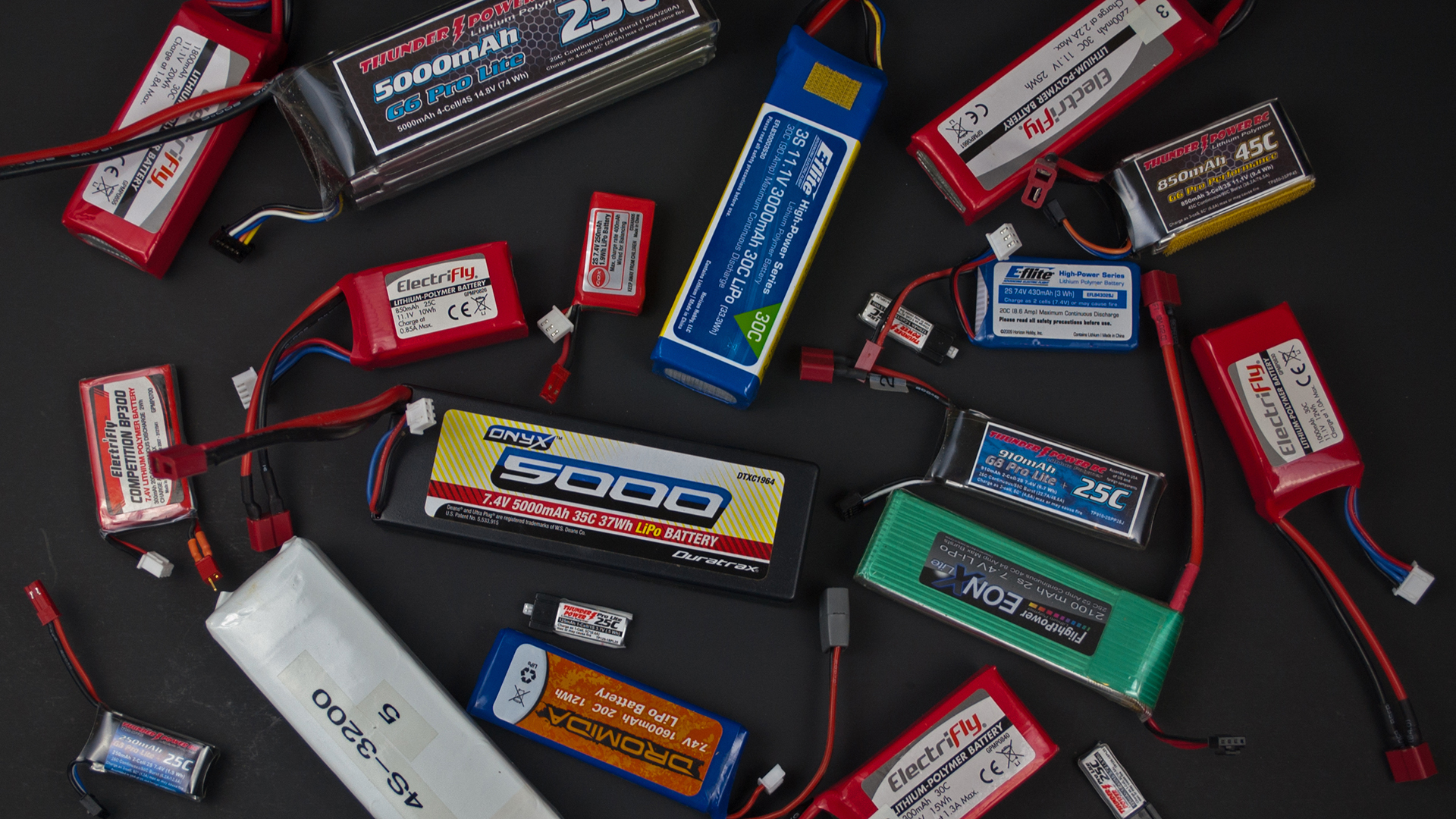
Audio controller, transmitter, or remote controller, regardless of what you call this device, it’s the reason why you can control your RC car flawlessly. Here, I’ll shed more light on them, how they work, and how to use them to properly exploit your RC car’s features. Unlock the secrets of your RC car’s performance with a closer look at transmitters. Learn how they function & role in the RC car transmitter guide.
Let’s get started!
The transmitter is a vital part of your RC car; some might even say it is the heart of your automobile. While some might argue that the motor is the heart of the RC car, we can all agree that despite the terrain you are navigating, you wouldn’t be able to conquer it without your transmitter.
A good transmitter could be the difference between failed and won competitions. So, let’s look at the different types of RC car transmitters.
Types of RC Car Transmitters
There are two main types of transmitters for RC cars:
- Stick transmitter
- Pistol grip transmitters
Pistol Grip Transmitters
As the name suggests, this transmitter is gun-shaped. It is the most common RC car transmitter.
The trigger included helps you better control your speed, while the wheel is handy for steering. Here is a brief description of how it works:
Wheel
The wheel is strategically positioned for your less dominant hand, and it helps you steer your RC car. All you have to do is turn it in the direction you want your car to move.
Trigger
This part is for accelerating or decelerating your car. To decelerate, you have to let go of the trigger, which will put it back in its original position. However, in case you need to halt suddenly, pushing this piece forward will do the trick.
This transmitter is most suitable for drivers who prefer an easy-to-use transmitter.
Stick Transmitter
This one has a pair of joysticks, which help RC Spotters control your cars. It’s more common with RC airplanes than cars, provides more control, and should be a personal preference. This is because it is not as user-friendly as its counterpart.
Left stick
This one handles the brakes and speed. Pulling it back initiates reverse or braking, while forward motion speeds up your RC car.
Right stick
The right stick is for steering; to turn to the left, move it to the left, and do the same for the right side.
This transmitter is an excellent option for drivers seeking a more immersive experience.
How it Works
RC car transmitters play an important role, letting you control it as you wish. But how exactly does this happen? Here is a comprehensive explanation:
Controller Input
The controller input is the first step in learning how the transmitter functions. Once you turn the joystick, you send signals to the transmitter. The signal is decoded and modified on a carrier frequency.
Transmission
Once the signal is modified, it is transmitted through the antenna on the transmitter. The transmitter’s range depends on a few factors, such as the operating frequency, the transmitter’s power, and interference, if any, from other gadgets.
Reception
The moment the signal is conveyed, the antenna senses it. The receiver then intensifies the signal and turns it into a digital signal again.
Motor Control
This is the final step; the digital signal is sent to your RC car’s motor controller, where it decodes it into a physical reaction, like turning or moving back or forward.
Setting Up the Channels
The channels are the operations you can handle on an RC car. Commonly, RC cars utilize two channels, where one manages the brakes and speed, and the other takes care of steering.
Nevertheless, some top-of-the-line RC cars need more channels for work, like gear shifting and differential locking. For this reason, it is imperative to understand your vehicle’s need to choose the most suitable transmitter.
2.4GHz Transmission
This is the most common RC car frequency, which is why it’s important to understand it. Thanks to technology advancements, RC cars are wireless, which makes using them more comfortable and convenient.
There are multiple frequencies, but this one is allocated to RC cars, and with good reason. First, this is a frequency that has been tried & tested on different gadgets, including Wi-Fi routers and phones. This means it’s well-embraced and reliable.
Another reason this frequency is ideal for RC cars is because of its interference resistance. This is precisely evident with the modern systems. You can dodge interference and get clear communication devoid of electronic noise.
Lastly, this frequency guarantees that any commands you send from your transmitter can travel long distances and reach your RC car’s receiver successfully.
How To Bind a Transmitter
The process of binding comprises pairing the transmitter to the receiver. It creates a secure space such that there is no interference from different signals. Here is how to bind the transmitter to the receiver:
Prepare the Transmitter & Receiver
Make sure both the receiver and transmitter are compatible. This is vital since incompatibility can be inconvenient and, at times, damage your RC car. So, ensure they can both communicate at a similar frequency.
Next, switch on the transmitter and receiver and prepare for binding. They should be switched on but not linked to your car’s servos and motor.
Start the Binding Process
Press the “bind” button on the transmitter to initiate binding mode. The LED indicator will begin flashing to indicate that the transmitter is in binding/pairing mode and inclined to link with the receiver.
Bind the Receiver & Transmitter
Switch on the receiver; it will flicker a light to show it’s in pairing mode. Bring it close to the transmitter, which triggers it to sense the transmitter in pairing mode, which will be our already set-up transmitter.
Verify the Binding
When the receiver picks up the transmitter and launches a communication connection, the flickering stops, at least for most models. Some produce a solid light. This indicates that the binding process is finalized.
Confirm the Connection
Perform a function assessment to ensure the receiver interprets all the transmitter’s commands suitably. Additionally, make sure the speed and steering control are functioning right.
And, You’re Done!
Yes, you’ve successfully bound your transmitter and receiver! Switch off bind mode at this point.
In Conclusion
As an RC car enthusiast, learning as much as you can is always a good idea. This helps boost your driving skills, improve your driving experience, and keep you safe as you do what you love. In this write-up, I’ve included everything you need to know about an RC car transmitter, from what it is and the common types to how it works and how to bind it.
Have fun racing!





Add Comment